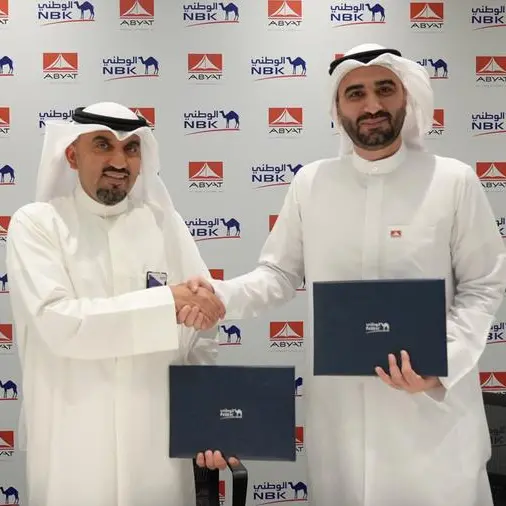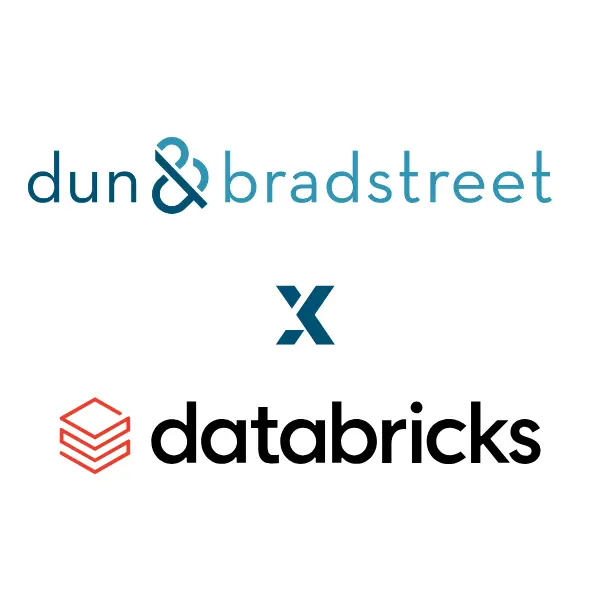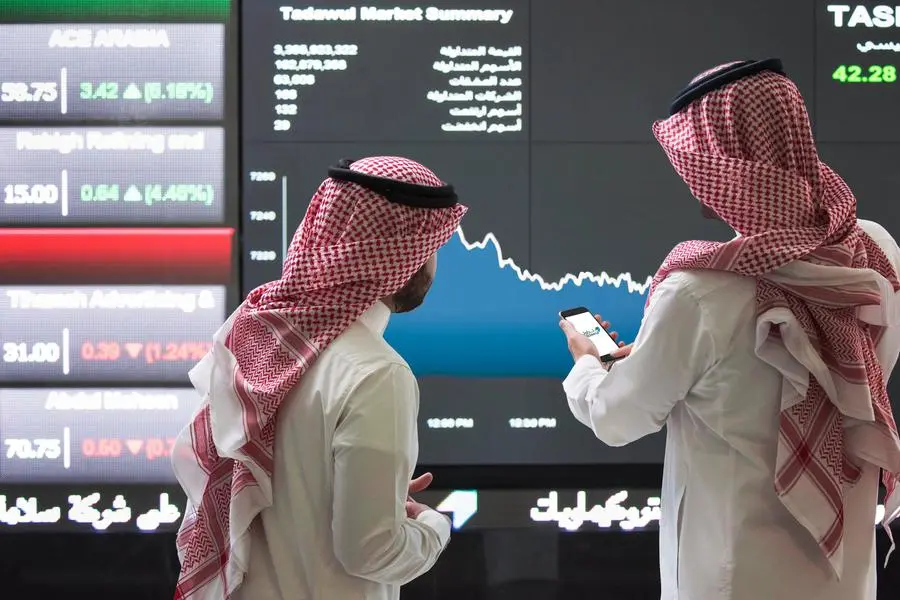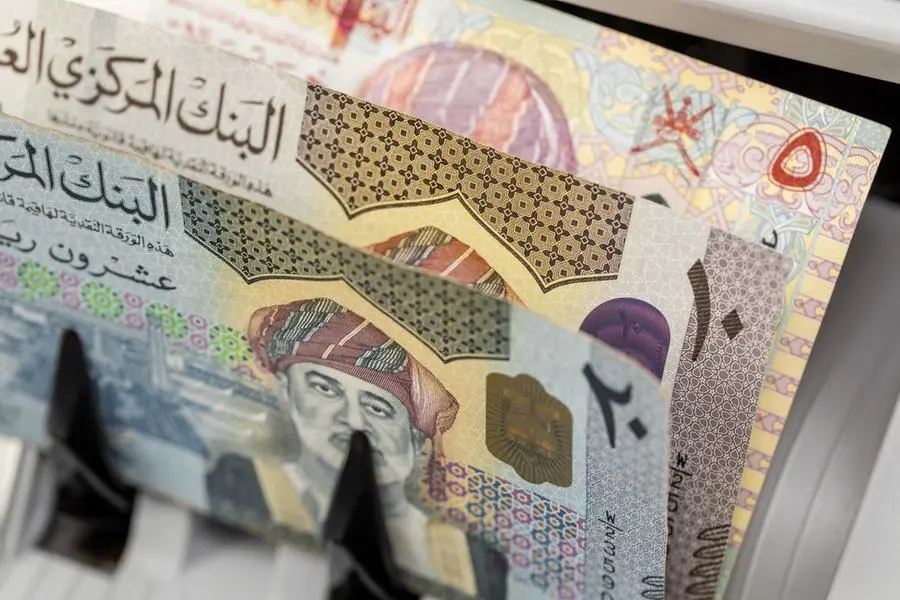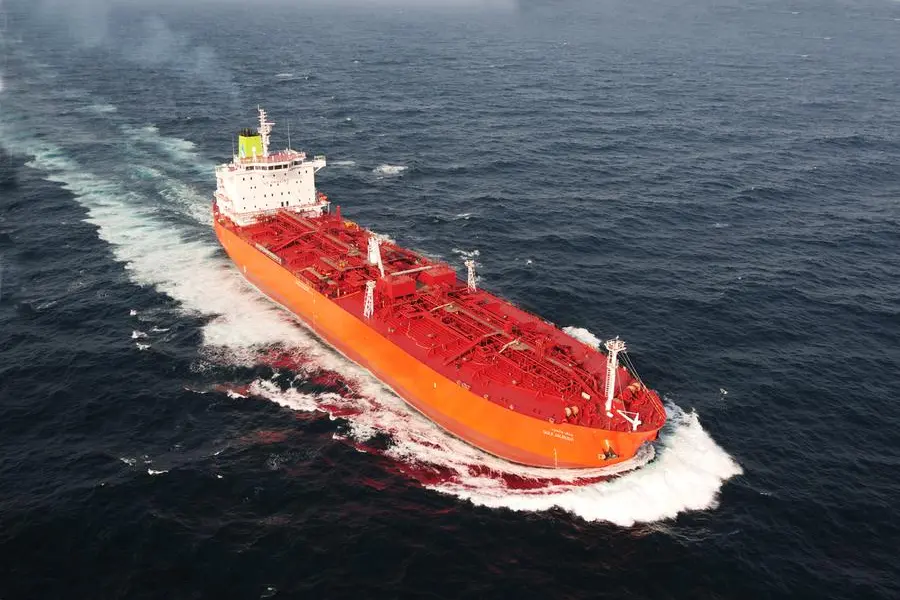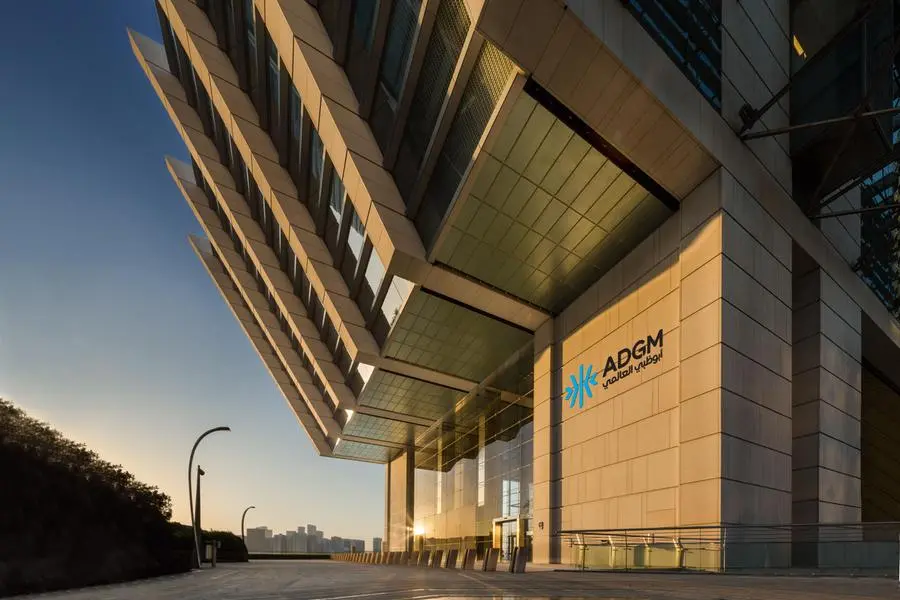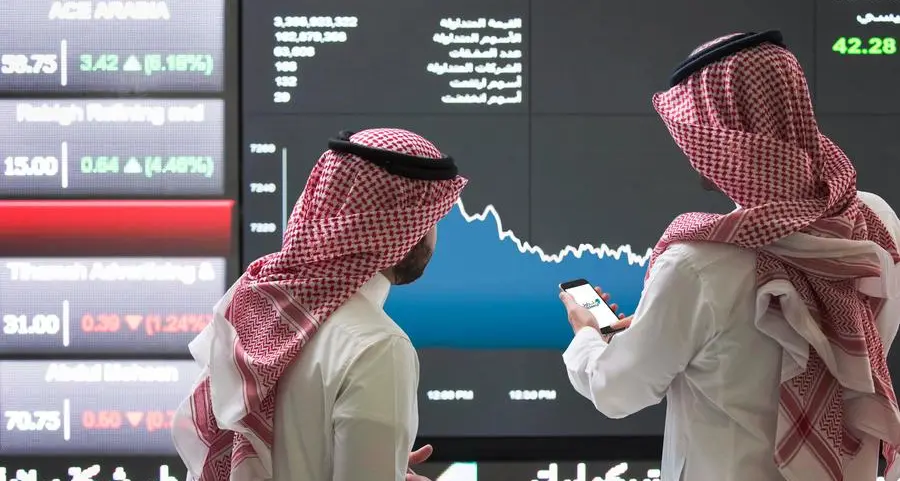Fitch Ratings - London - Fitch Ratings has revised the Outlook on Dubai Aerospace Enterprise (DAE) Ltd's (DAE) Long-Term Issuer Default Rating (IDR) to Positive from Stable and affirmed the IDR at 'BBB-'. Fitch has also affirmed DAE Funding LLC's senior unsecured debt rating and DAE Sukuk (DIFC) Limited's (DAE Sukuk) sukuk programme and debt ratings at 'BBB-'.
The rating actions are being taken in conjunction with Fitch's global aircraft leasing sector review, covering 10 publicly rated firms. For more information on the sector review, see "Fitch Completes Aircraft Lessor Peer Review, Sector Outlook Remains Neutral", at www.fitchratings.com.
DAE is indirectly fully-owned by the Investment Corporation of Dubai (unrated), the principal investment arm of the Government of Dubai. DAE Funding LLC is the US-based unsecured debt issuing subsidiary of DAE with all outstanding debt guaranteed by DAE.
KEY RATING DRIVERS
Positive Outlook: The revision of the Outlook on DAE's Long-Term IDR reflects our view that further strengthening and diversification of DAE's franchise in line with management projections could lead to an improved assessment of its business profile score. In conjunction with maintained or improved financial metrics, this could support an upgrade over the Outlook horizon.
Credible Franchise; Sound Financials: The affirmation reflects DAE's credible franchise as one of the largest aircraft lessors globally, its sound fleet profile, good lessee diversification, robust risk controls, adequate leverage, sound liquidity position and largely unsecured funding profile. The rating also considers incremental benefits from DAE's growing maintenance, repair and overhaul subsidiary (Jordan Aircraft Maintenance Co. Limited) and DAE's aircraft investor services division, which at end-1Q23 managed 107 largely mid-life aircraft via servicing agreements and ABS structures on behalf of a number of institutional third-parties.
Rating constraints for DAE include its smaller scale compared with higher-rated peers, its above peer average weighted average fleet age and some exposure to typically less liquid asset classe,s such as turbo prop (7% of net book value; NBV) and freighter aircraft (16% of NBV), although these have performed well since the pandemic.
Rating constraints for the aircraft leasing industry more broadly include the monoline nature of the business, vulnerability to exogenous shocks, sensitivity to oil prices, inflation and unemployment, which negatively impact travel demand, potential exposure to residual value risk and reliance on wholesale funding sources.
Resilient Performance in Sensitivity Assessment: Fitch's sensitivity analysis for DAE in its base and downside cases include slower than projected growth, lower aircraft disposal gains, additional equipment depreciation, higher interest expenses, and additional impairment charges. Fitch believes DAE would have sufficient liquidity headroom relative to the threshold of 1.0x and to retain sufficient capitalisation headroom relative to the 3.0x downgrade trigger under both scenarios.
Sound Fleet Profile: At end-1Q23, DAE's owned, managed and committed fleet totalled 437 aircraft with the owned fleet (325 aircraft) valued at around USD11.4 billion (around USD17 billion if committed, managed and mandated to manage aircraft are included). DAE's average remaining lease term (six years), share of tier 1 (73% at end-1Q23) and next generation (around 50%) aircraft as well as narrow-body exposure (around 60%) are comparable with peers. However, the weighted average fleet age (6.9 years) remains moderately higher than the peer group average.
Diversification by lessee is sound with only four lessees exceeding 5% of NBV (the largest of which was Emirates, which is a related party and accounted for 13.6% of NBV). At end-1Q23, DAE serviced 121 lessees in 60 countries with on average 3.1 aircraft per lessee, which is low compared with the peer group average. Geographic diversification also compared well to peers with the UAE, DAE's largest market, accounting for 13.6% of NBV followed by India with 12.1% and the US with 10.9%.
Adequate Asset Quality: DAE's asset quality has been solid historically, although this was supported by the benign economic backdrop and the absence of material exogenous shocks prior to the coronavirus pandemic. Fitch views the write-off of DAE's exposure to Russian lessees in 1Q22 (USD577 million or around 5% of end-2021 fleet NBV) as a one-off event. We expect asset quality metrics to remain sound in the medium term as the quality of DAE's fleet compares adequately with peers.
Sound Underlying Profitability: DAE's underlying profitability improved strongly in 2022 and 1Q23 as the global aviation sector recovered. Its pre-tax income/average assets ratio stood at around 2.5% in 1Q23, materially stronger than in 2021 and 2020 and comparable with 2019 (2.9%). DAE has generated a net spread of between 5.2% and 6.4% since 2019 (6.0% four-year average), which equates to an implied benchmark score at the lower end of Fitch's 'bbb' range for aircraft lessor earnings and profitability.
The reduction in DAE's net spread ratio in 1Q23 was almost entirely due to an increase in average loan balances and an increase in the average cost of debt to 4.5% from 2.9% in 2Q22, due to higher average interest rates on DAE's USD2.2 billion floating rate funding (which has since been partly hedged). Fitch expects DAE's net spread to remain within the 'bbb' benchmark range of 5%-15% for aircraft lessors with a sector risk operating environment score in the 'bbb' category over the Outlook horizon.
Adequate Leverage: At end-1Q23, DAE's gross debt/tangible equity ratio stood at around 2.7x, slightly below the peer average of 2.8x and in line with management's guidance of maintaining a net debt/equity ratio of below 3x. Under our base case we expect DAE's gross leverage ratio to remain comfortably below our 3x negative rating trigger, supported by sound operating cash flow generation. Any potential proceeds from the receipt of insurance claims related to Russia aircraft could also support retained earnings.
Largely Unsecured Funding Profile: DAE has proven access to several wholesale funding sources, including the sukuk market, and has maintained its unsecured debt/total debt ratio close to or just above 70% since 2021, ensuring solid unencumbered asset coverage of unsecured debt to support sufficient funding flexibility. Management has indicated that it is committed to maintaining this ratio to between 50% and 70% in the long term.
DAE's liquidity position compares well with peers and available liquidity stood at USD2.6 billion at end-1Q23. Together with projected cash flow from operations, this comfortably covered debt maturities, amortisation, and capital commitments over the 12 months ending end-1Q24. Debt maturities are well laddered and near-term maturities are limited. The absence of a large order book support DAE's Fitch-calculated liquidity coverage ratio, which stood at 3.6x at end-1Q23, comparing well with peers.
RATING SENSITIVITIES
Factors that Could, Individually or Collectively, Lead to Negative Rating Action/Downgrade
Inability to further strengthen the scale of its leasing franchise over the Outlook horizon could lead to a revision of the Outlook to Stable from Positive.
A material increase in secured debt levels, leverage sustainably above 3.0x, liquidity coverage approaching 1.0x and an inability to maintain a fleet profile comprised primarily of tier 1 aircraft could lead to further negative rating action.
Macroeconomic or geopolitical-driven headwinds that pressure airlines and lead to additional lease restructurings, rejections, lessee defaults, and increased losses would also be negative for ratings.
Factors that Could, Individually or Collectively, Lead to Positive Rating Action/Upgrade
Further increase in scale while maintaining (or improving) fleet quality, notably the share of tier 1 aircraft, average fleet age, average lease terms and lessee diversification.
Maintaining its gross debt/tangible equity ratio sustainably at or below 2.5x, its unsecured debt/total debt ratio comfortably above 70% and its liquidity coverage ratio above 1.2x, assuming other financial profile metrics remain unchanged (or improve).
DEBT AND OTHER INSTRUMENT RATINGS: KEY RATING DRIVERS
SENIOR UNSECURED AND SUKUK DEBT
The equalisation of the unsecured debt rating with DAE's Long-Term IDR reflects sufficient unsecured debt, as well as an available pool of unencumbered assets (USD7.3 billion at end-1Q23), which suggest average recovery prospects for unsecured debtholders in a stress scenario.
DAE Sukuk's programme and issue ratings are driven solely by DAE's Long-Term IDR. This reflects Fitch's view that default of these obligations would reflect the default of DAE.
DEBT AND OTHER INSTRUMENT RATINGS: RATING SENSITIVITIES
SENIOR UNSECURED AND SUKUK DEBT
The ratings on the unsecured debt are primarily sensitive to changes in DAE's Long-Term IDR and secondarily to the relative recovery prospects on the instruments.
The rating of the trust certificate issuance programme and certificates issued under the programme are principally sensitive to changes in DAE's Long-Term IDR. The ratings could also be sensitive to changes to the roles and obligations of DAE under the sukuk's structure and documents.
BEST/WORST CASE RATING SCENARIO
International scale credit ratings of Financial Institutions and Covered Bond issuers have a best-case rating upgrade scenario (defined as the 99th percentile of rating transitions, measured in a positive direction) of three notches over a three-year rating horizon; and a worst-case rating downgrade scenario (defined as the 99th percentile of rating transitions, measured in a negative direction) of four notches over three years. The complete span of best- and worst-case scenario credit ratings for all rating categories ranges from 'AAA' to 'D'. Best- and worst-case scenario credit ratings are based on historical performance. For more information about the methodology used to determine sector-specific best- and worst-case scenario credit ratings, visit https://www.fitchratings.com/site/re/10111579
REFERENCES FOR SUBSTANTIALLY MATERIAL SOURCE CITED AS KEY DRIVER OF RATING
The principal sources of information used in the analysis are described in the Applicable Criteria.
ESG CONSIDERATIONS
Unless otherwise disclosed in this section, the highest level of ESG credit relevance is a score of '3'. This means ESG issues are credit-neutral or have only a minimal credit impact on the entity, either due to their nature or the way in which they are being managed by the entity. For more information on Fitch's ESG Relevance Scores, visit www.fitchratings.com/esg
-Ends-
RATING ACTIONS
Additional information is available on www.fichratings.com
Matt Pearson
Senior Associate, Corporate Communications
Fitch Group, 30 North Colonnade, London, E14 5GN
E: matthew.pearson@thefitchgroup.com

